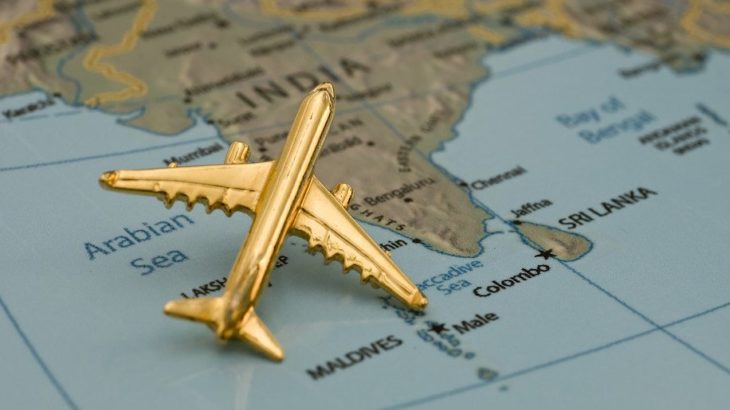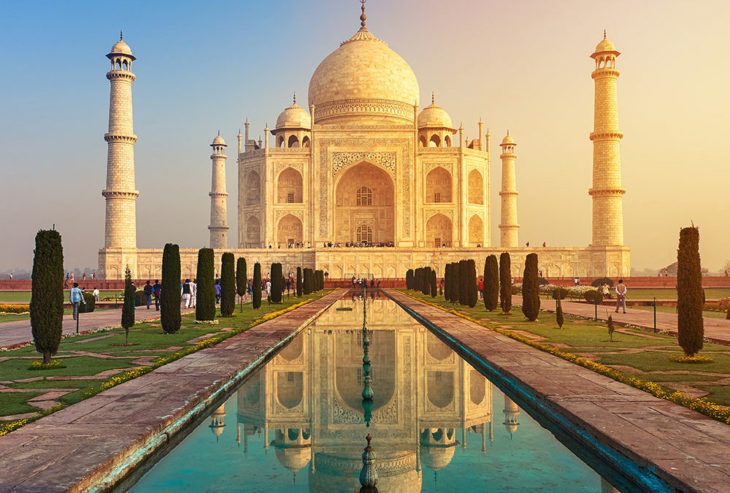India is one of the many countries in the world that introduced the electronic visa system in its policy, and over 160 nationalities have access to it. The system is not new. It was first adopted in November 2014, and only 43 nationalities were eligible for an electronic visa. Seeing how things worked out for the best, the government made the decision to extend access to 162 nationalities but also subcategorized the electronic visa into a tourist, medical, and business. It had a significant impact on India’s economy.
After all, the ease of access to a visa in something that encourages people to travel to a foreign country.
How does the electronic visa system work?
The principle is pretty simple, actually. Instead of going to the nearest Indian diplomatic mission to submit a visa application, a person can access a website, governmental or third-party, and submit the request online. The fee is paid online as well, and the eVisa arrives via e-mail. All you have to do at that point is print out the document and book a flight. It does not get any easier than that.

Source: Business Traveller
What does an online visa application entail?
As to how to apply for a visa online, the process is less time-consuming than going to an embassy. You are not held by business hours, and the weekend does not mean anything. First of all, you must choose a visa service – visit ivisa.com for more information about this process. Fortunately, there are many out there, but we recommend that you make an informed decision. After all, this is a service provider we are talking about, and we all know that not all of them are serious about their business.
The next step is to put together a series of documents and information that are required during the online application process. First and foremost, all applicants must have a valid passport. And if you need a passport photo which is fresh, click here. Plus, that passport has to maintain its validity for at least another 6 months from the date of arrival in India. But a passport is easy to acquire these days, so there are no real impediments there.
A digital passport photo is also required. But again, that is not something people have trouble getting.

Source: Reader’s Digest Canada
Once you have at hand all that is required, you must fill in an online application form. Visa services usually create short and simple forms so that applicants do not spend more than 20 minutes going over them. Plus, most such services have a customer support service that is always ready to jump in and help.
Once your application is submitted, it usually takes a few days for your visa to arrive. It depends on the available processing speed. All you have to do at that point is to print out the document, and then book a flight.
As we mentioned above, the electronic visa for India can be issued for multiple purposes. You can get a tourist visa, a medical visa, or a business visa. The difference between them lies not only in cost but in duration of stay, the number of entries, and validity as well. For example, a tourist visa is valid for 1 year since the date of issue, while a medical visa has a validity of only 60 days after arrival.
The bottom line is that the electronic visa enabled more tourists to explore India, and everyone wins in this situation. Tourists have an easy time getting the required travel document, and more tourists mean a better economy for the locals. After all, there is nothing we hate more than wasting time at an embassy or at the visa on arrival counter (if available) whenever we wish to visit a foreign country.
